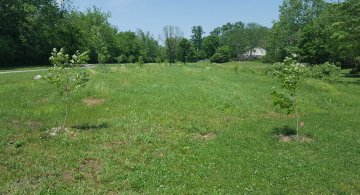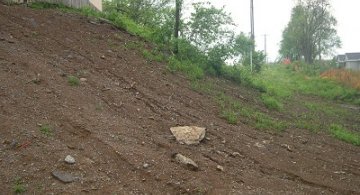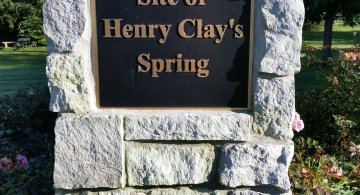Ecological Stewardship
Key Features:
- Forestry grinder on excavator
- Invasive removal
- Walking path / trail construction
- Native planting
- Pollinator habitat
Project Files:
The need and appreciation for greenways in neighborhoods is increasing. Plus, a growing number of people understand how greenspaces serve as community amenities that increase public well-being and real estate values for nearby properties. As the city of Lexington expands outward (and upward) agricultural areas on the perimeter of have been converted to neighborhood subdivisions, schools, retail and business properties. Building more densely to accommodate more people adds pressure on land to mitigate greater levels of stormwater and environmental pollutants.
During the design and approval of development plans, ecologically sensitive areas may be identified and potentially protected. Where land areas are not developable, they are natural situations for greenspaces. In some cases, these lands could be deeded to the Home Owners Association as a common space. The Falling Leaves greenway was deeded to the city of Lexington. In the meantime, the lack of stewardship and increase in invasive species left the area in less-than-ideal conditions.
EcoGro was contracted to chip a dense and heavy infestation of bush honeysuckle and help mitigate safety hazards from standing dead ash trees. A forestry grinder was used to chip woody materials in place and leave a mulch layer to protect soils. Logs from downed trees and donated wood chips were placed to create a new walking trail through the greenway. A selection of annual flowers was used in higher profile areas to fill in bare areas with quick color. Native, perennial grass and wildflower seed were broadcast to beautify the site and support wildlife for years to come. On-going stewardship services will ensure weeds are kept in check and the site will be appreciated and enjoyed by neighbors.
Project Partners
-
EcoGro
-
LFUCG
Funding Agent









